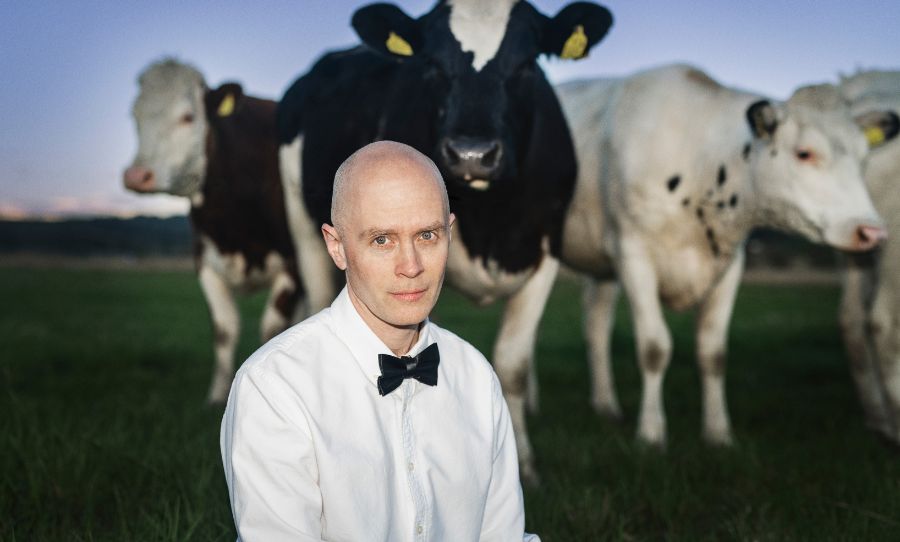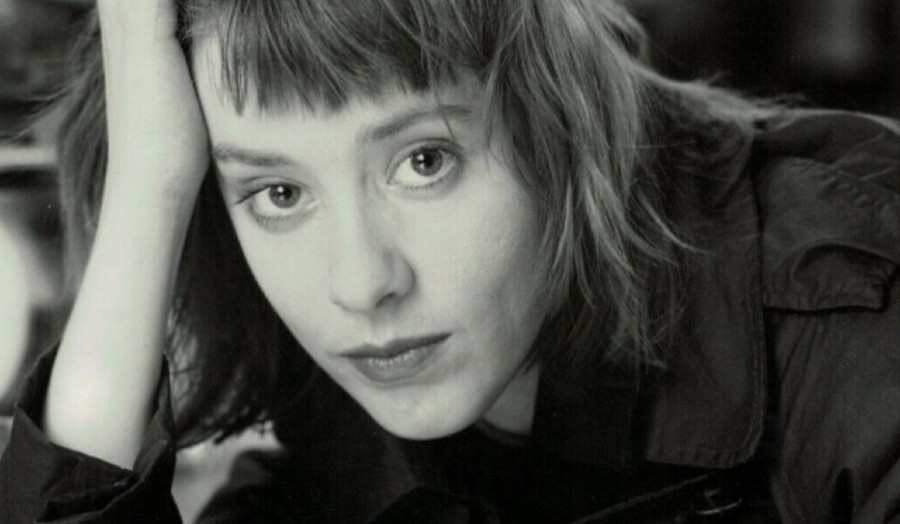Founded in the mid-90s, French duo Air emerged during a time when electronic music was heavily dominated by thumping basslines and frenetic DJ sets. Fellow Parisians Daft Punk had put French house on the map with their pioneering debut Homework in 1997, while across the English Channel, artists such as The Prodigy and The Chemical Brothers were making waves with their big beat stylings.
In amongst a sea of 808’s and heaving drum-breaks, Air’s Jean-Benoit Dunckel and Nicolas Godin sought to take electronica to new grounds. Releasing their debut album Moon Safari on the 16th of January 1998, the duo combined synths and vocoders with laid-back percussion, acoustic guitars and melodic basslines that would take the listener on a cosmic journey through time and space.

From vintage analogue synthesisers to robotic vocals, we take a look at what went into making the critically-acclaimed, fantastically downtempo, Moon Safari by Air.
An Accidental Pairing
Following initial success with a string of singles and 1997’s EP Premieres Symptomes, the band’s label Source asked Air to record a full-length album. Having recorded most of their previous material at each other’s homes, Dunckel and Godin spent months toiling away in Studio de Saint-Nom, located just outside the French capital.
Enlisting personal friend Stephane Briat as the sound engineer for the album, Air worked tirelessly on Moon Safari, recording basic tracks on a Fostex D-80 Digital Multitrack Recorder and completing additional elements in Paris’ Gang Studios and strings at Abbey Road Studios. By using an 8-track recorder, Dunckel and Godin set themselves a challenge of creating lush, expansive songs with only a finite number of tracks per recording.
As the band had only experienced minor success prior to Moon Safari, they were extremely limited with what gear they could buy and use on the album. Luckily, the worn-out electronic gear Air would use would go on to become a hallmark of their retro-tinged yet personable sound.
In an interview with Sound On Sound, Godin spoke of the duo’s financial situation and how it affected their recordings; “We had no money at this time, so we bought the most affordable instruments available: analogue synths from the ’70s. We completely missed the ’80s/’90s ‘digital synth’ period, in fact. So it’s true we had a very personal sound, but it was by default.”
Creating a Sci-Fi Landscape
Taking cues from Vangelis and Jean Michel Jarre, Air wanted to create an album that portrayed a futuristic soundscape using old gear. Utilising a Korg MS-20, Casiotone and Minimoog, as well as a Fender Rhodes and Wurlitzer, the aptly-named Moon Safari takes you on a journey through outer space, with sweeping synths propelling you through galaxies and constellations. Even the swirling violins featured on Talisman (played on a Solina String Ensemble, as well as live strings) help contribute to the often-cinematic atmosphere on the album.
Though songs such as Kelly Watch The Stars include prominent synth melodies, most of the synthesisers throughout the album are used in a textural way, fading in and out of a track’s mix to emit the feeling of floating through space.
This hallmark characteristic of Moon Safari was created in part due to Godin and Dunckel’s lack of professional recording experience at the time. Instead of using rack-mounted effects, Air plugged their keys into guitar pedals – particularly distortions and flangers (the band were fond of Electro-Harmonix). This perhaps best showcased on album opener La Femme D’Argent, which features an organ running into a distortion pedal, and a Korg MS-20 running through a flanger with the speed cranked.
In a 1998 interview with Future Music Magazine, Godin touched on this unconventional recording process: “If I want a flanged sound, I put a guitar box into the inserts on the mixer and I can control it manually. It’s more spontaneous that way – we’re not very good technicians, and the kind of effects and equipment we use are such that you’re often obliged to hit them!”
Grounding Bass & Eclectic Percussion
As previously mentioned, the majority of the instruments used on the album were second-hand, contributing to the 70’s lounge vibe of the album – and the bass is no different. Playing on a borrowed 60s Hofner – “the very same bass used by Paul McCartney” – Godin’s warm tones were discovered by accident. Speaking with The Guardian in 2016, Godin said he plugged the Hofner into a guitar amp, resulting in what he describes as a “very cool and dry” bass tone.
In stark contrast to the airy keyboards and drifting synths, Godin’s bass grooves are perhaps the most integral driving force of Moon Safari. Again best demonstrated in the album’s opening track, the funky, melodic basslines push the song forward, while the warm, plucky tone of the Hofner – along with the rumbling basslines played on the Roland TB-303 – drench each track in vintage allure.
Compared to the powerful basslines throughout the album, the percussion tends to take more of a backseat, sitting relatively low in the mix. Utilising the TR-909 – a staple instrument in electronic music to this day – Godin and Dunckel combined the deep kicks and crisp snares of the iconic drum machine with acoustic percussion not often seen in the genre.
From the bongos in the album’s opener to the delicate glockenspiels in Kelly Watch The Stars and the hand claps scattered throughout the LP, acoustic percussion adds to the space-pop tone of the album, drifting in and out of each track and taking a more subdued role than was common is most electronic music of the time – or now for that matter.
Vocal Treatment
Although the album features a few collaborators, including multi-instrumentalist Patrick Woodcock and electronic pioneer Jean-Jacques Perrey, the most memorable guest feature is the sultry vocals of Beth Hirsch.
Featuring on just two songs on Moon Safari, Hirsch’s guest vocals feature a relatively dry treatment compared to the distant guitar plucks of All I Need and reverberated claves of You Make It Easy. This contrast made Air sound like, in the words of Nicolas Godin, “a space-age Carpenters”.
Another integral element of Moon Safari is, of course, the use of vocoders, with the duo making the most of a Korg VC10 and Roland VP330 to craft their eloquent robotic vocals. Though many fans believe that Hirsch’s vocals are featured on the album’s biggest single, Sexy Boy, it is actually Dunckel and Godin who provide the iconic vocal hook. By singing softly into a vocoder and manipulating the pitch, they able to create an almost-androgynous yet highly-expressive voice.
Dive back into Air’s Moon Safari here.



